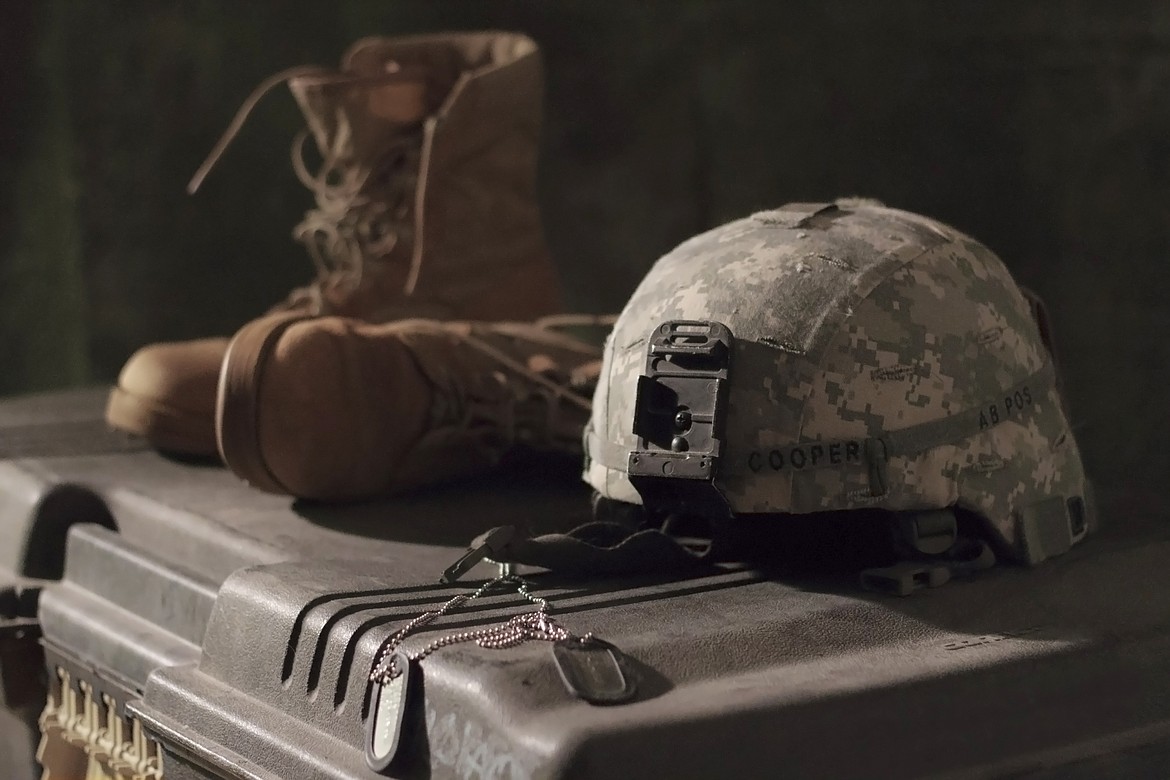Honoring the soldiers killed in battle
In wars, people die; but even in the military, most people in the military don’t see it, or haven’t seen it.
The folks back home, only see stories about it on the news. But in fact, the vast majority of civilians can’t understand it; they think they do, but they don’t. And even in the military, the vast majority of troops know about it but have never seen the soldiers who died. Mostly, only those in front-line infantry divisions have seen those killed in combat — other than vehicles being blown up.
The front-line infantry troops see the real battlefield or jungle and have experienced it. But Iraq and Afghanistan were different; there, all troops, men and women, were at risk of their vehicles being blown up. That is the way most of the deaths happened there in addition to the infantry deaths.
But in Vietnam, most soldiers died after being shot. While I was not a front-line infantryman, I was in the 1st Infantry Division, in the Quartermaster Corps. Part of our duties was graves registration, otherwise, we took care of all those killed in action. They would come in by helicopter, sometimes just one or two at a time, a few times, there were more or a helicopter came with several. Sometimes, there would be a bunch of them brought in by several helicopters.
After they laid out they looked like they were just asleep. But they were dead, they would never see their loved ones, their mother and father again. When you see this, it is hard, hard, and even harder.
For identification, when they came in, in addition to their dog tags, we had to have two individuals from the soldier's company, identify his body so there was not much chance of misidentification. Then, we shipped them off to Saigon, to be cleaned up and prepared for their return to the United States.
Roger Gregory is a Vietnam veteran, serving in the 1st Infantry Division, and is a business owner in Priest River.

